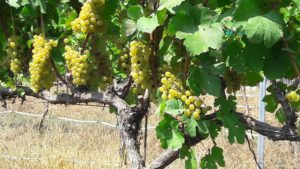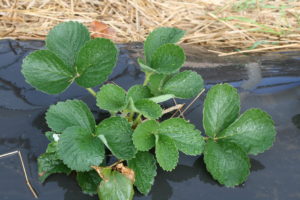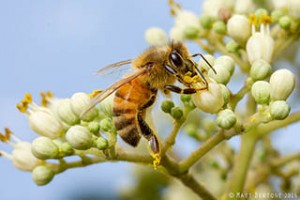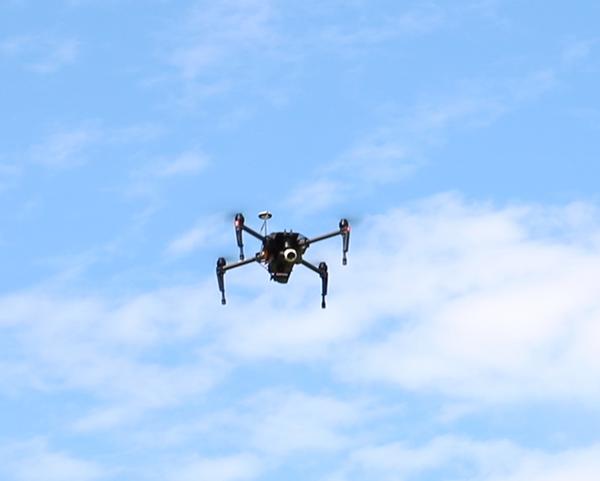
Grape Pest Survey- 5th Week of July
Glassy winged sharpshooter captures are very low or zero in locations with previous captures. This suggests we are between …



El inglés es el idioma de control de esta página. En la medida en que haya algún conflicto entre la traducción al inglés y la traducción, el inglés prevalece.
Al hacer clic en el enlace de traducción se activa un servicio de traducción gratuito para convertir la página al español. Al igual que con cualquier traducción por Internet, la conversión no es sensible al contexto y puede que no traduzca el texto en su significado original. NC State Extension no garantiza la exactitud del texto traducido. Por favor, tenga en cuenta que algunas aplicaciones y/o servicios pueden no funcionar como se espera cuando se traducen.
Inglês é o idioma de controle desta página. Na medida que haja algum conflito entre o texto original em Inglês e a tradução, o Inglês prevalece.
Ao clicar no link de tradução, um serviço gratuito de tradução será ativado para converter a página para o Português. Como em qualquer tradução pela internet, a conversão não é sensivel ao contexto e pode não ocorrer a tradução para o significado orginal. O serviço de Extensão da Carolina do Norte (NC State Extension) não garante a exatidão do texto traduzido. Por favor, observe que algumas funções ou serviços podem não funcionar como esperado após a tradução.
English is the controlling language of this page. To the extent there is any conflict between the English text and the translation, English controls.
Clicking on the translation link activates a free translation service to convert the page to Spanish. As with any Internet translation, the conversion is not context-sensitive and may not translate the text to its original meaning. NC State Extension does not guarantee the accuracy of the translated text. Please note that some applications and/or services may not function as expected when translated.
Collapse ▲
Glassy winged sharpshooter captures are very low or zero in locations with previous captures. This suggests we are between …

As we reach the end of July, more fields started to ripen for both muscadines and vinifera grapes, and …

Grapes are starting to ripen, including those at our location in Currituck Co. This week we continue to catch grape berry …

The grapes at our monitoring sites continue to grow and are getting close to full size. This week, we caught …

Presence of pests in our scouted vineyards remain very similar than last week. As in the past report, grape berry …

As the grapes grow, we again started to catch grape berry moth in one of our Northwest locations (Wilkes Co.), …

Glassy-winged sharpshooter (GWSS) detections continue in both of our Northeast sites, in Perquimans and Currituck Co., and we captured our …

To follow up on David Tarpy’s post (Protective Measures of Beehives During Hurricanes), in the days and weeks following …

Warm early spring weather, coupled with a mild winter, has set the stage for early pest activity in some …

Members of the Sustainable SWD Project will present a webinar online on January 25th at 12-1 p.m. eastern time, highlighting …

During 2016, our laboratory completed a three year project tracking the occurrence and impact of strawberry clipper weevil in annual, …

Barely a day goes by when Zika virus is not in the news headlines. As of August 31st 2016, …

This is the final spotted wing drosophila (SWD) monitoring report for 2016. Looking back over the course of the season, we …

Our laboratory is excited to begin a new project aimed at answering several questions about pollination ecology in strawberries.These questions …

We presented our final blueberry monitoring data last week, so this week, we shift to presenting blackberry trap captures …

We removed our traps from harvested blueberry fields on July 13th, and we have now collected all the data and can look back …

This factsheet discusses symptoms and control of several leaf diseases common in North Carolina blueberry …

NC State conducted a strawberry Neopestalotiopsis (Neo-P) trial at the Horticultural Crops Research Station in …

This publication discusses flying unmanned aerial vehicles (drones, model aircraft) for commercial purposes. You'll learn …

This publication reviews research between the late 2000s and the 2020s to explore trends shaped …

This article will cover two important scale insect pests of blueberries in North Carolina, terrapin …
Much success in growing tomatoes can be attributed to use of a few proven techniques. …
This publication discusses growing and harvesting head lettuce, the most important salad vegetable grown in …

This guide presents basic facts about seeds, including how they develop, how to store and …